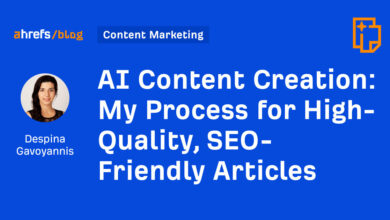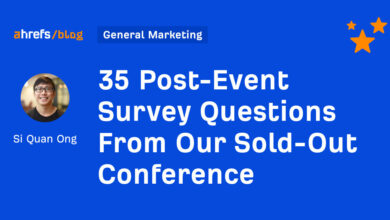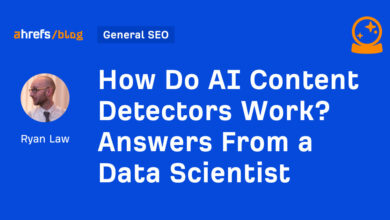The Power of Predictive Analytics: How Businesses Can Leverage Data to Make Smarter Decisions

Introduction
Predictive analytics is a data-driven approach that leverages historical data, statistical algorithms, and machine learning techniques to forecast future outcomes. By analyzing patterns and trends from past data, businesses can make informed decisions, reduce risks, and optimize processes.
Benefits of Predictive Analytics
There are several benefits to using predictive analytics in business:
- Improved Decision-Making: Predictive analytics helps businesses make data-driven decisions based on insights from historical data.
- Increased Efficiency: By predicting future outcomes, businesses can optimize processes and allocate resources more effectively.
- Risk Mitigation: Predictive analytics can identify potential risks and opportunities, allowing businesses to take proactive measures to mitigate risks.
- Enhanced Customer Experience: By analyzing customer data, businesses can personalize marketing campaigns and improve customer satisfaction.
Use Cases of Predictive Analytics
Businesses across various industries are leveraging predictive analytics for a wide range of applications:
- Financial Services: Banks use predictive analytics to detect fraudulent activities and assess credit risks.
- Retail: Retailers use predictive analytics to forecast demand, optimize pricing strategies, and personalize recommendations.
- Healthcare: Healthcare providers use predictive analytics to predict patient outcomes, identify high-risk patients, and optimize treatment plans.
- Manufacturing: Manufacturers use predictive analytics to optimize production processes, predict equipment failures, and reduce downtime.
Challenges of Predictive Analytics
While predictive analytics offers numerous benefits, there are also challenges businesses may face:
- Data Quality: Predictive analytics relies on quality data. Poor data quality can lead to inaccurate predictions.
- Data Privacy: Businesses must ensure compliance with data privacy regulations when collecting and analyzing customer data.
- Model Interpretability: Understanding and interpreting complex predictive models can be challenging for non-technical users.
- Implementation Costs: Implementing predictive analytics solutions can be costly, requiring investments in technology and expertise.
FAQs
What is predictive analytics?
Predictive analytics is a data-driven approach that uses historical data, statistical algorithms, and machine learning techniques to forecast future outcomes.
How can businesses benefit from predictive analytics?
Businesses can benefit from predictive analytics by making informed decisions, optimizing processes, reducing risks, and enhancing customer experiences.
What are some use cases of predictive analytics?
Some common use cases of predictive analytics include fraud detection in financial services, demand forecasting in retail, patient outcome prediction in healthcare, and equipment failure prediction in manufacturing.
What are the challenges of predictive analytics?
Challenges of predictive analytics include data quality issues, data privacy concerns, model interpretability challenges, and implementation costs.




